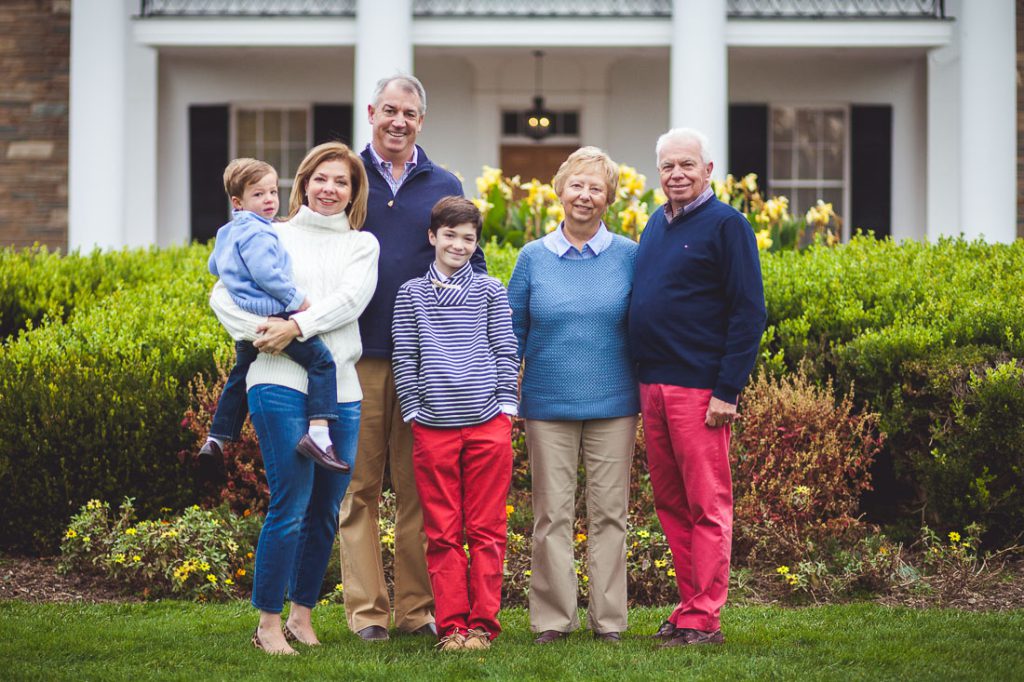I come from a somewhat unique background in Photography. My father was an enthusiastic hobbyist with a camera. Like most photographers, there are a lot more photos that you throw away than you keep. It was no different for my father, but as a kid, I never saw the duds. I only saw the images he liked and had developed into projection slides. This created an interesting vantage point for a kid.
The images he created weren’t about aesthetic appeal–at least, not for my sisters and I. The images my father created were about significant moments shared within our family, or quirks of the personality, but they were still undoubtedly beautiful in an aesthetic sense. To me, family photography was something special and aesthetically pleasing. I took this perspective for granted.
My father’s images didn’t seem to be especially aware of themselves. They didn’t adhere strongly to one style or another. Certainly, looking at them now, you can tell they were taken a long time ago, but you couldn’t peg whatever trends he was reading about when he took the image. They were beautiful, because my father thought about the best way to take them. But they were special because he also thought about what should be in them. They are timeless images.
Modern professional photography presents a strange cross-section of incentives for people who might hire someone to create images for them. Today trends are visible in a way they never were before. We can see them rise and fall in a matter of weeks or days. Even people who wouldn’t consider themselves trend-chasers often buy what is trendy, in part because that’s what everyone wants to sell. But also as consumers, when we want to spend money, it’s often on the things that feel fresh and new. That’s what satisfies us right now.
Photographers are also feeling this pressure too, along with many in creative fields. But disproportionately, patrons of photographers have more to lose from the mounting trendiest of the images photographers create for them.
It’s all about how value is derived from a photographer’s work, relative to other things we spend money on. Lets take a new iPhone for example. When we purchase an iPhone, it needs to do something for us right now. Entertain, make us more productive, keep us on time–whatever. We’re looking for that iPhone to give us something right now. And in most cases, that’s what it does. Eventually though, it will be passe. A new model will come out and we can let go of the old one because it’s not doing what we want it to do anymore. Our expectations have evolved.
Now think about a photograph you’ve hired someone to create. That photograph does something for you right now, too. It makes you feel great about yourself. Helps you present yourself or your family in a certain way. It represents you and gives you good feelings when you look at it. But that’s not all it can do. With this narrow goal in mind, much like people’s purchasing decisions over a new phone or computer, they’re attracted to what is trending. With the exception of people who need the images for commercial use, this decision making intuition guts out a lot of the value a photographer can potentially deliver.
Photography that is very trendy, by definition, can’t stay that way for long. In time, what you think or feel when you look at the image is likely to become more about the trend itself, than about what the image is really supposed to be capturing.
For family photos, for personal shots, for weddings–the value of a professional photographer’s work is weighted on the back end. That is to say, how you feel about them when you first see the images is only a fraction of what you could feel in 5, 10, 20 years. But only if your photographer creates images for you that carefully consider and use trends as needed but with an eye to how the meaning of the image will evolve.
Now, I’m not knocking the trends in photography carte blanche. Photographers today are creating some absolutely mind-bending stuff. But alas, what we are so often impressed by is exactly the stuff we grow out of. An image that is great because a stylistic technique was executed perfectly, won’t hold water for too long. But an image that is great because of its contents, its meaning, its history, its future, or its integrity and uses whatever technique best highlights that, can become a timeless piece of personal history and aesthetic curiosity that actually gets better with you. That’s why it’s better for photographers to create images that are timeless, rather than trendy.

